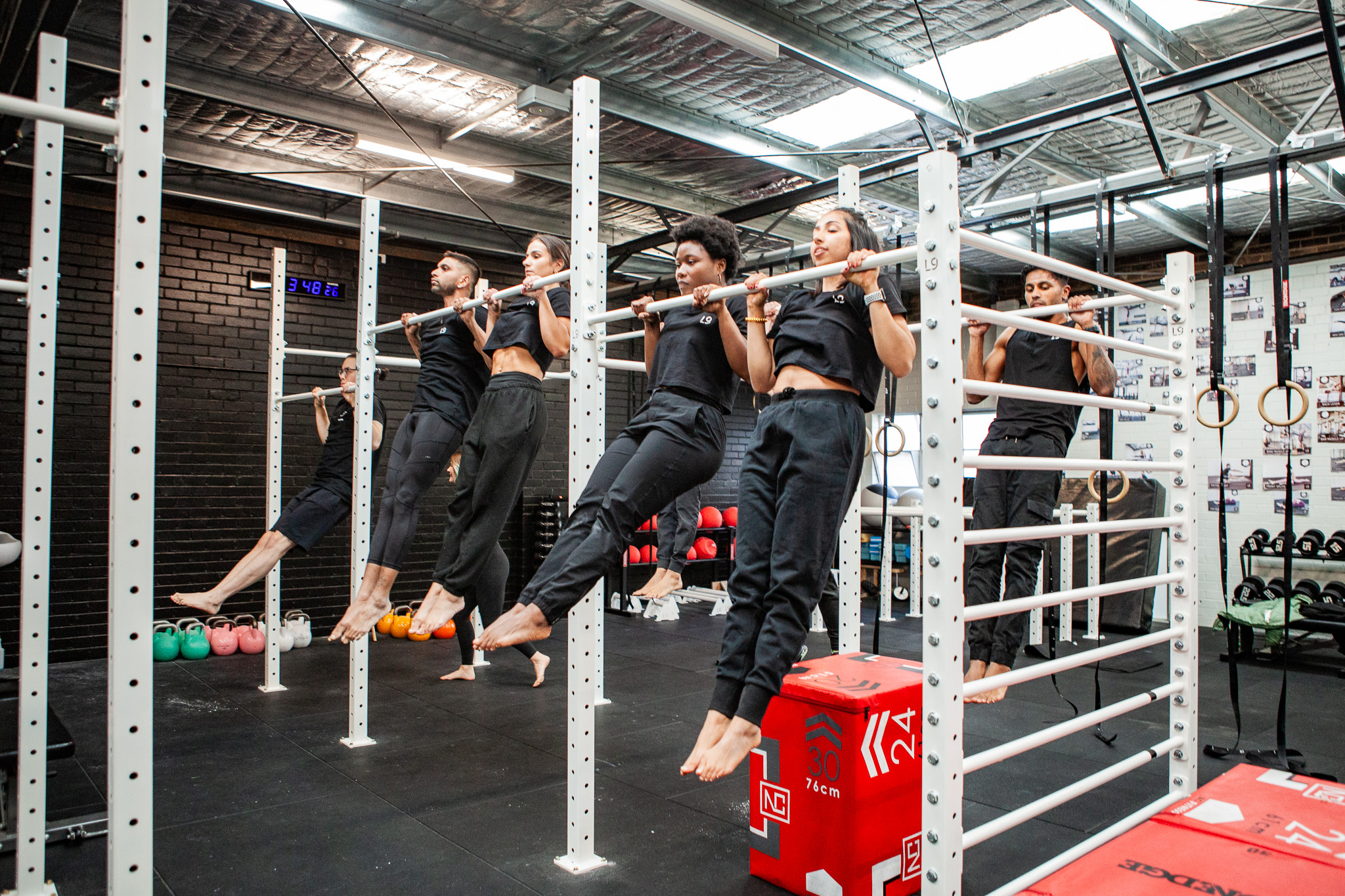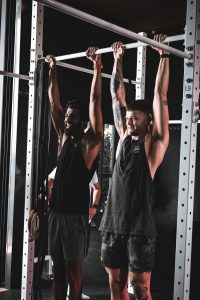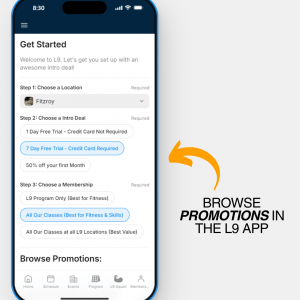
L9 Program Workout for Beginners
Ever wondered what the L9 Program looks like? Probably one of our top asked questions is if the L9 Program right for Beginners and if

estimated Read Time: 3 Minutes
Pull-Ups are one of the most misunderstood movements in Bodyweight and Calisthenics training. You either get told they’re super easy — or that you need to be “strong enough” before even trying.
But here’s the truth: most people train them the wrong way.
🧠 A 2022 meta-analysis on upper body strength training showed that specificity (i.e., training the actual movement you want to improve) was the biggest predictor of success.
Yet most people:
Avoid Pull-Ups altogether
Only use bands forever
Never learn how to scale or track their progress
If you’ve been training for months (or even years) and still don’t have a Pull-Up — keep reading.
We’ve got the stats, insights, and a clear path forward.
Ronaldo (Coach, L9 Prahran & Nunawading): “You need volume. You need drills. And you need structure. Not just trying random things every week.”
Je-an (Coach, L9 Fitzroy): “We see people come in thinking they’ll get a Pull-Up in 4 weeks. But it’s a journey — and most people don’t realise how weak their scap and grip actually are.”
If you’re only doing a few Pull-Up attempts once or twice a week — that’s not enough to make a neurological or muscular adaptation.
And if you’re only doing the same regression over and over (like banded Pull-Ups), it’s even worse.
At L9, our members follow structured cycles in the L9 Program, working up from:
Incline Rows
Feet-Assisted Pull-Ups
Isometric Holds
Negatives
Band Pull-Ups (strategically)
Each skill level is mapped out inside the L9 App, so members always know what to drill next.
Figure Out Where You’re At
Can’t do a single Pull-Up? Try a 15-second top hold or a slow 3-sec negative. Can’t do that? Start with incline rows or feet-assisted reps.
Stop Maxing Out
Doing 1–2 reps to failure each week won’t get you anywhere. Instead, do 4–5 sets of drills you can rep with good form. That’s where you build strength.
Add Volume. A Lot More Volume.
The L9 standard for progression is 20–30 total reps per workout — scaled to your level. That could mean 6×5 incline rows. Or 4×5 feet-assisted Pull-Ups.
Train 2–3x a Week
At L9, our members train Pull-Ups at least twice a week in the L9 Program, sometimes more if they’re using the L9 App for extra volume.
From our coaching data across all L9 locations:
80% of members who train Pull-Ups twice a week for 12 weeks hit their first clean rep.
Most beginners get their first full Pull-Up between 12–16 weeks — if they’re consistent.
Some take longer — but they always get there if they show up.
This assumes you’re working with a real plan. Not just randomly trying banded reps and hoping for the best.

Ever wondered what the L9 Program looks like? Probably one of our top asked questions is if the L9 Program right for Beginners and if

Everyone experiences DOMS (Delayed Onset Muscle Soreness) eventually! Its a side-effect of working out and pushing hard. Essentially your muscles are sore because So what’s

The L9 app is necessary for all L9 Members. Apart from the obvious which is to book in to classes and workout sessions there are

estimated Read Time: 3 Minutes The Band is a Lie Why You’re Not Progressing — And What to Do Instead Most people think bands help